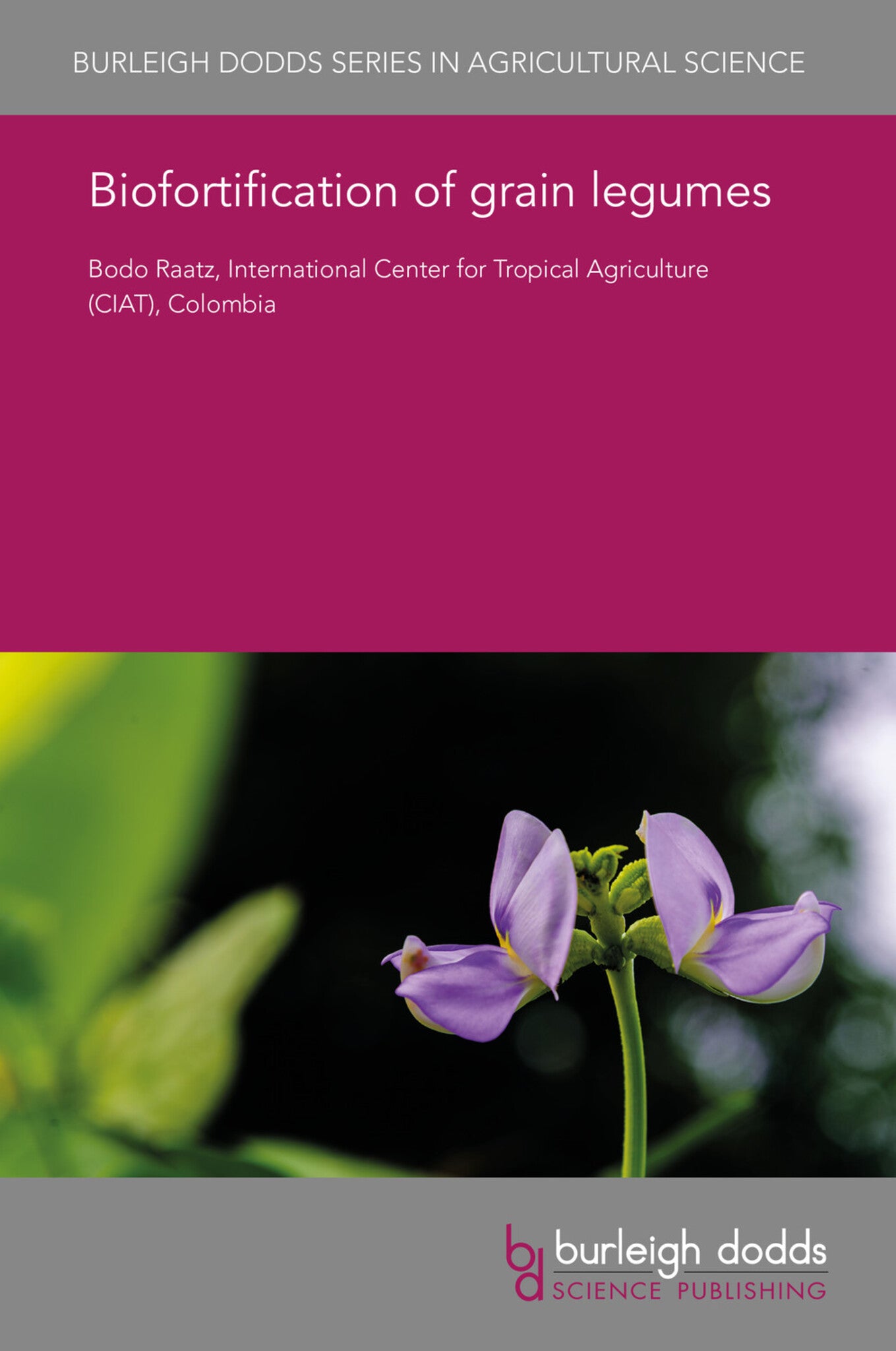We're sorry. An error has occurred
Please cancel or retry.
Biofortification of grain legumes

Some error occured while loading the Quick View. Please close the Quick View and try reloading the page.
Couldn't load pickup availability
- Format:
-
12 March 2018


TECHNOLOGY & ENGINEERING / Agriculture / Sustainable Agriculture, Agronomy and crop production, TECHNOLOGY & ENGINEERING / Agriculture / Tropical Agriculture, TECHNOLOGY & ENGINEERING / Agriculture / Agronomy / General, Botany and plant sciences, Sustainable agriculture, Tropical agriculture

1 Introduction 2 Fe and Zn in grain legumes: assessing natural variation and QTL studies 3 Biofortification: transgenic approaches and agronomic management 4 Micronutrient bioavailability and anti-nutrients 5 HarvestPlus: breeding, releases, adoption and impact 6 Case study: breeding for biofortification of the common bean at CIAT 7 Future trends 8 Summary and conclusion 9 Where to look for further information 10 References



